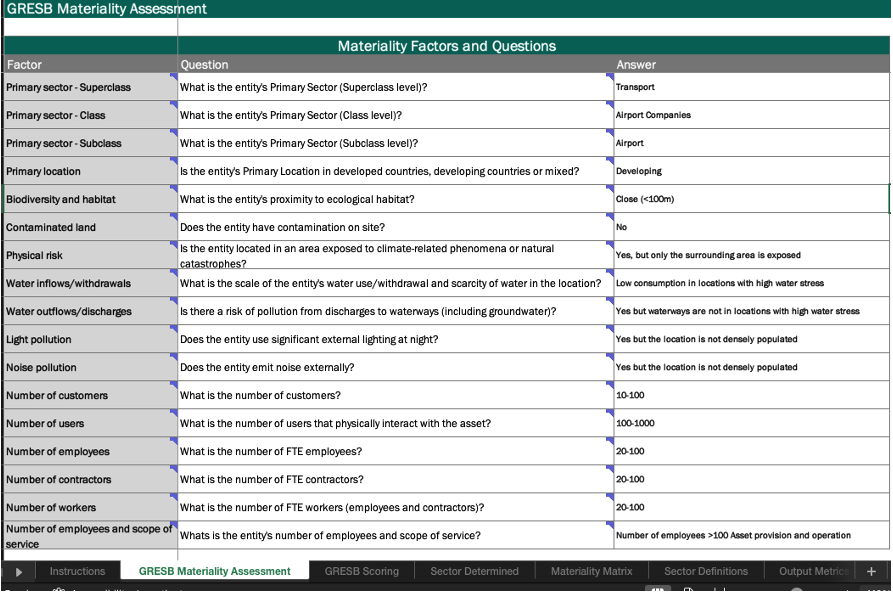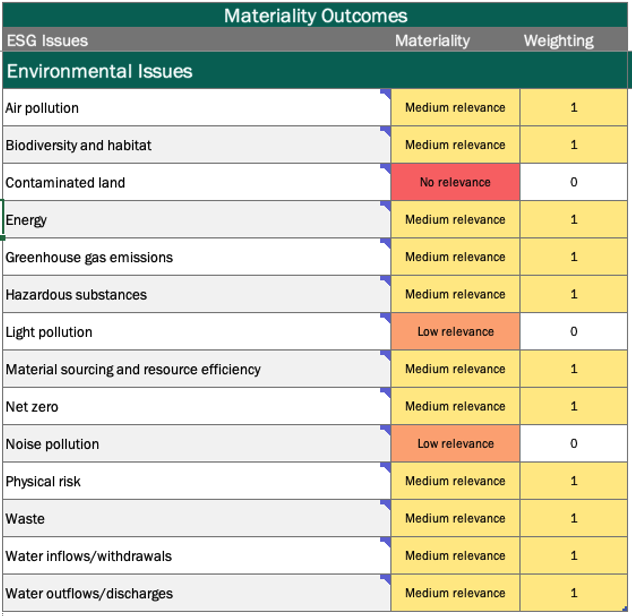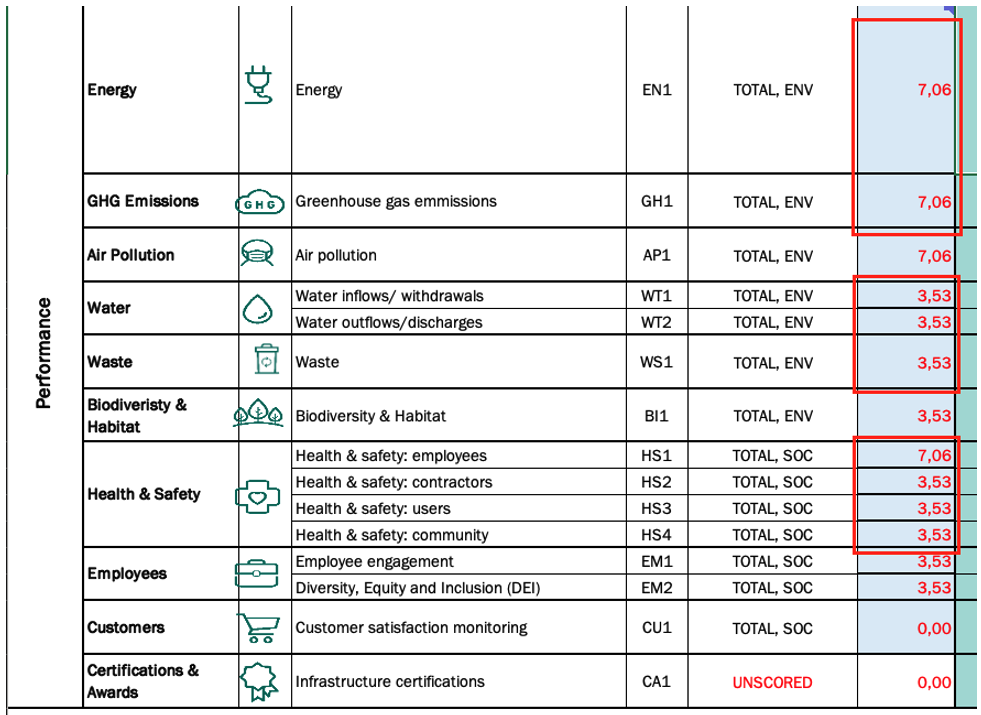This year, GRESB introduced several significant updates to its Standards with the goal of achieving greater score differentiation, reducing reporting burden, and enhancing data quality—some of which will influence 2025 GRESB Scores.
One critical update is the introduction of a new requirement to report data coverage for several key performance metrics. Additionally, the verification or assurance of current year Scope 1 and 2 greenhouse gas emissions data is now scored for relatively larger assets.
While the impact of these changes on scores will differ from asset to asset due to the materiality built into the GRESB Infrastructure Asset Assessment, GRESB Members are well equipped to simulate their GRESB Scores and identify scoring implications specifically for their assets ahead of time.
This article provides insights into how to use available resources—such as the GRESB Infrastructure Asset Materiality and Scoring Tool—to understand how scoring implications from the Standard changes apply to your asset.
What is the Scoring Tool?
The GRESB Infrastructure Asset Materiality and Scoring Tool is an Excel-based resource designed to help participants better understand the materiality-based scoring methodology used in the GRESB Infrastructure Asset Assessments. The tool replicates the structure and functionality of the GRESB Materiality Assessment and the scoring model, which allows participants to explore their materiality outcomes and maximum GRESB Scores for each indicator and perform what-if analyses to see how different inputs affect results.
The tool is available for both Infrastructure Asset and Development Asset Assessments and can be downloaded from the Resources page of GRESB website.
This excel-based tool consists of seven tabs, but to use the tool, you will mainly need only three of them:
- Instructions: Provides step-by-step guidance on how to use the tool
- Materiality Assessment Tab: Determines the materiality of each issue evaluated by GRESB for different infrastructure sectors and assets
- GRESB Scoring Tab: Simulates the GRESB Scoring Model and shows how different factors influence your GRESB Score based on their materiality
How to use the tool
To get started, open the “GRESB Materiality Assessment” tab and use the dropdown menu to select your Primary Sector, followed by a set of simple questions related to materiality factors. To get the materiality outcomes tailored to your asset you need to answer all of these questions using the provided dropdown options.
For example: Suppose we have an airport asset reporting under the “Transport” sector:

The tool will assign materiality for ESG issues based on your responses, from 0 (no relevance) to 2 (high relevance):

These materiality outcomes will determine the scoring weights for all materiality-based indicators. You will see the maximum scores assigned to each indicator in the “GRESB Scoring” tab.
The scoring model in this document provides scores at the indicator level. To understand score distribution within indicators, you will need to refer to the GRESB Infrastructure Asset Scoring document or the Standards Updates documents from the current year.
Anticipate scoring changes from the Standards updates—practical examples
Let’s consider the scoring implications of the new data coverage requirement.
Beginning in 2025, participants must provide data coverage values from 0 to 100% for key performance indicators supported with a description of the method used to calculate this value, including how the data was measured and how the coverage level was assessed.
To understand which indicators are affected and the scoring weight of this metric, we can consult the 2025 Infrastructure Asset Standard Updates document.
The indicators affected by the data coverage change are Energy, GHG, Water, Waste, and all Health and Safety indicators, with the weight of data coverage metric making up 50% of the score for each indicator.
Let’s apply this to our earlier example of an “Airport” using the Materiality and Scoring Tool:

Half of the score of each of these indicators will be allocated to data coverage. This makes the total weight of data coverage requirement for this asset 21,18 points out of the 60 points allocated to the Performance Component of the assessment across all the performance indicators.
The data coverage metric is scored on a sliding scale based on the percentage of data coverage reported. Taking WS1 (waste) as an example, if this entity reports 100% data coverage for the metric for which data coverage scoring is introduced—in this case “total waste disposed in the current year”—it receives all the points allocated to data coverage for this indicator. This is half of the points on offer for the indicator overall, so in this case half of the 3.53 points (as identified in the Materiality and Scoring Tool above) which is 1.765 points. If the entity reports 60% data coverage for the metric rather than 100%, it receives 60% of 1.765 points available for data coverage, which is 1.059 points.
If you want to check the scoring weight and method behind other aspects within this or other indicators, you can refer to the Scoring Document. From there, once you know how you will report, and what your overall indicator score is, you should be able to estimate your indicator score in advance.
The tools for both Infrastructure Asset and Development Asset Assessments are updated annually to reflect the latest Standard changes, ensuring that participants always have access to the most relevant and accurate guidance.
Conclusion
Though the materiality-based approach used in GRESB Infrastructure Assessments might seem complex at first, GRESB offers a comprehensive suite of resources to help participants navigate it with confidence.
By using the GRESB Infrastructure Asset Materiality and Scoring Tool alongside the latest scoring documentation, any asset can anticipate its potential score under the 2025 GRESB Infrastructure Assessments, giving asset managers the opportunity to proactively identify areas of improvement and align their strategies accordingly—all ahead of submission.
Related documents:
Have any questions about the Materiality & Scoring Tool?
